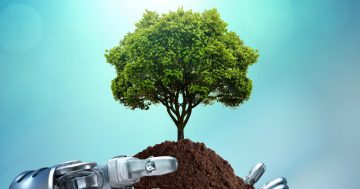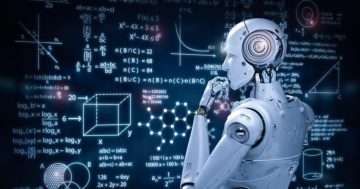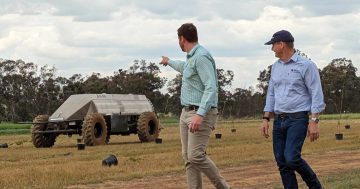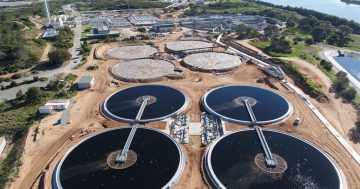Cheryl Ajluni* says AI and digital twins could be the keys to a sustainable future.
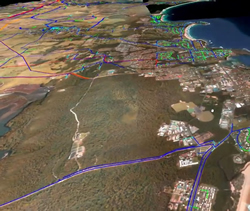 Digital twins aren’t new, but AI is supercharging what they can do.
Digital twins aren’t new, but AI is supercharging what they can do.
Together, they are transforming how products are designed, manufactured and maintained.
The combination of the technologies provides forensic insights into our increasingly complex and interconnected world.
By deploying digital twins and AI, organizations obtain granular insights into their operations, enabling them to achieve significant benefits spanning cost savings, efficiency gains and improved sustainability efforts.
Product quality is also enhanced through a reduction in defects and the accelerated resolution of issues throughout the lifecycle.
In addition, innovation increases through more frequent and comprehensive development.
Gartner defines a digital twin as “a digital representation of a real-world entity or system.
Data from multiple digital twins can be aggregated for a composite view across a number of real-world entities, such as a power plant or a city, and their related processes.” AI enhances digital twins, enabling the technology to look at what-if scenarios and run simulations, providing previously unavailable insights.
This improved situational awareness of cause and effect supports more agile and sustainable decision-making.
The ESG imperative
Digital twins are not only helping optimize operations; they play a pivotal role in enabling organizations to realize their environmental, social and governance (ESG) goals.
Research from Cap Gemini found that 57 per cent of organizations believe digital twin technology is critical to improving sustainability efforts.
The digital twin provides a way to model and understand how to reduce energy consumption and emissions so organizations can test scenarios to reach sustainability and climate goals.
And with sustainability a global imperative, this will accelerate adoption, particularly as AI is increasingly used to augment digital twins.
So, let’s look at how digital twins and AI are helping improve sustainability in various settings.
Smart cities
Digital twins and AI will play a vital role as cities strive to reduce their environmental impact.
Together they can create a virtual emulation to help planners understand how to reduce congestion, emissions, pollution and other challenges by analysing data from various sources and testing different variables in the virtual model.
One city pioneering this approach is Las Vegas, which uses the technology to model future energy needs, emissions, parking, traffic and emergency management.
IoT sensors collect data from cars, charging networks and municipal infrastructure to model and scenario plan.
City officials will use the insights garnered to inform ESG policies and priorities.
As more cities across the globe focus on becoming carbon neutral, digital twins and AI provide a way to model and process vast volumes of data from disparate sources so municipalities can fully understand how different decisions and policies will impact strategic climate goals.
Smart industry
In industrial settings, digital twins provide manufacturers with a way to understand how to optimize their operations and improve sustainability.
For example, the simulation can identify potential pain points, highlight where energy loss is occurring and highlight opportunities to reduce consumption.
The AI algorithm can process data, recognize patterns and predict future outcomes far beyond human cognitive abilities.
In addition, the virtual simulation reduces the waste and power associated with building physical prototypes.
By creating an emulation of a production line, manufacturers can understand how to make changes at every stage that reduce environmental impact and improve efficiency — thereby increasing cost savings.
Unilever tested the technologies at one site and realized savings of $2.8 million by reducing energy consumption and achieving an uptick in productivity.
These are just a handful of examples that underscore how AI and digital twins are ushering in a new era of intelligent manufacturing.
Smart buildings
Another area where digital twins are aiding sustainability efforts is in creating smart buildings.
With increasing regulation aimed at designing greener buildings, the construction industry needs a way to scenario plan to reduce the environmental impact and minimize energy consumption before any ground is broken.
The digital model enables infrastructure owners to utilize resources better, address human needs, and make decisions that support a more sustainable built environment.
Better resource planning is now possible by tapping into data from various sources.
To provide perspective on the impact, Accenture estimates that energy consumption in buildings can be reduced by 30 per cent to 80 per cent using virtual twin technologies.
As digital twin adoption and intelligent technologies become increasingly pervasive, they will enable better decisions that support a more circular, less carbon-intensive economy, ultimately creating a more sustainable planet.
*Cheryl Ajluni is IoT solutions lead at Keysight Technologies.
This article first appeared at venturebeat.com.


